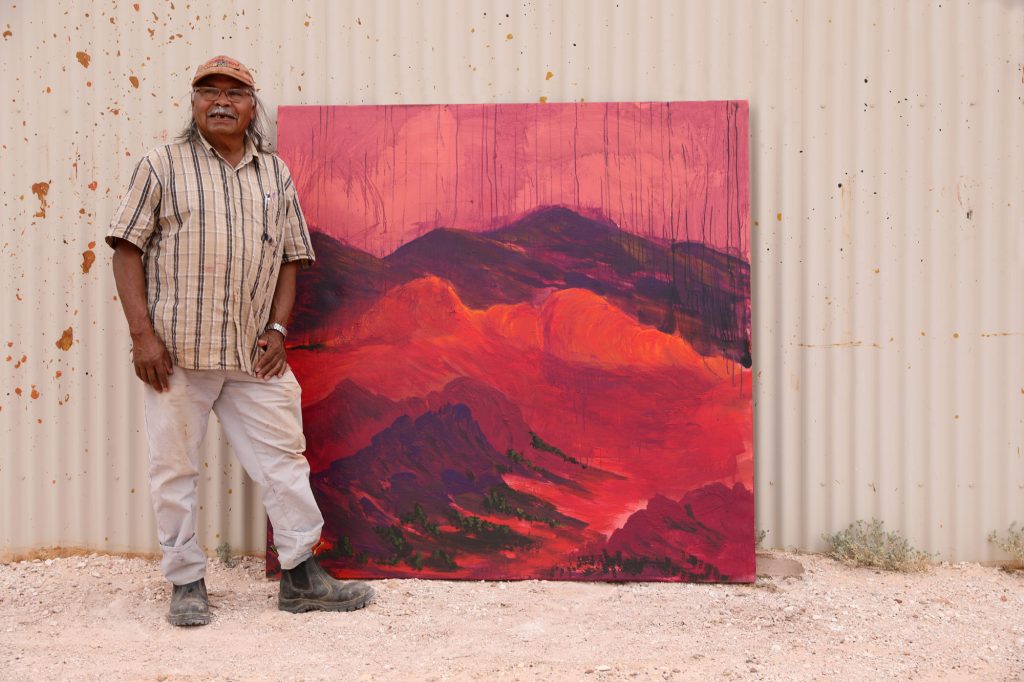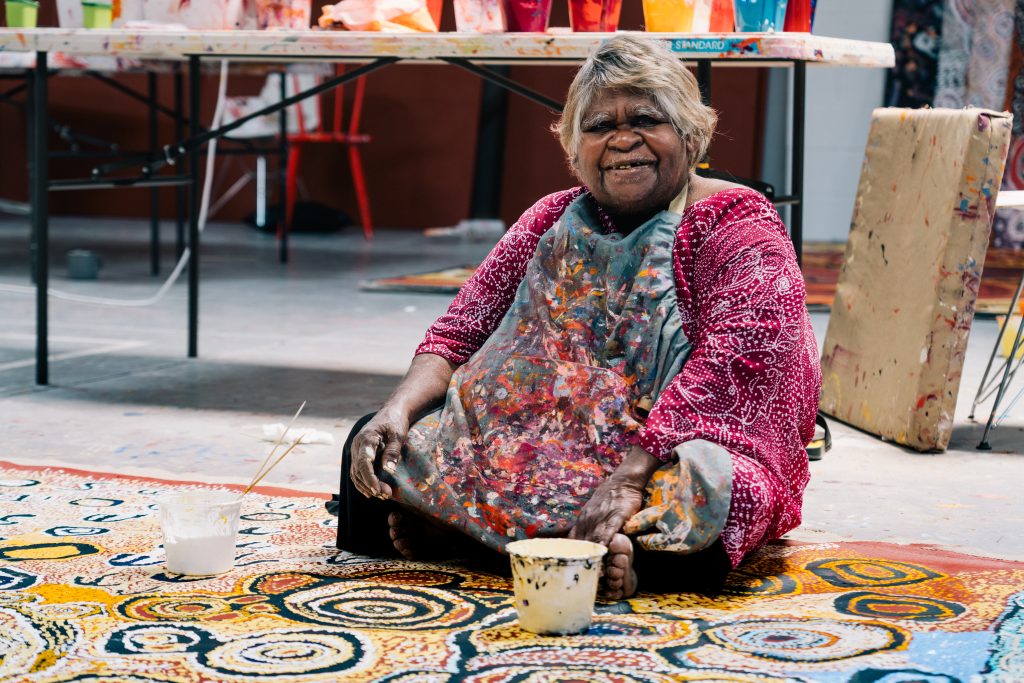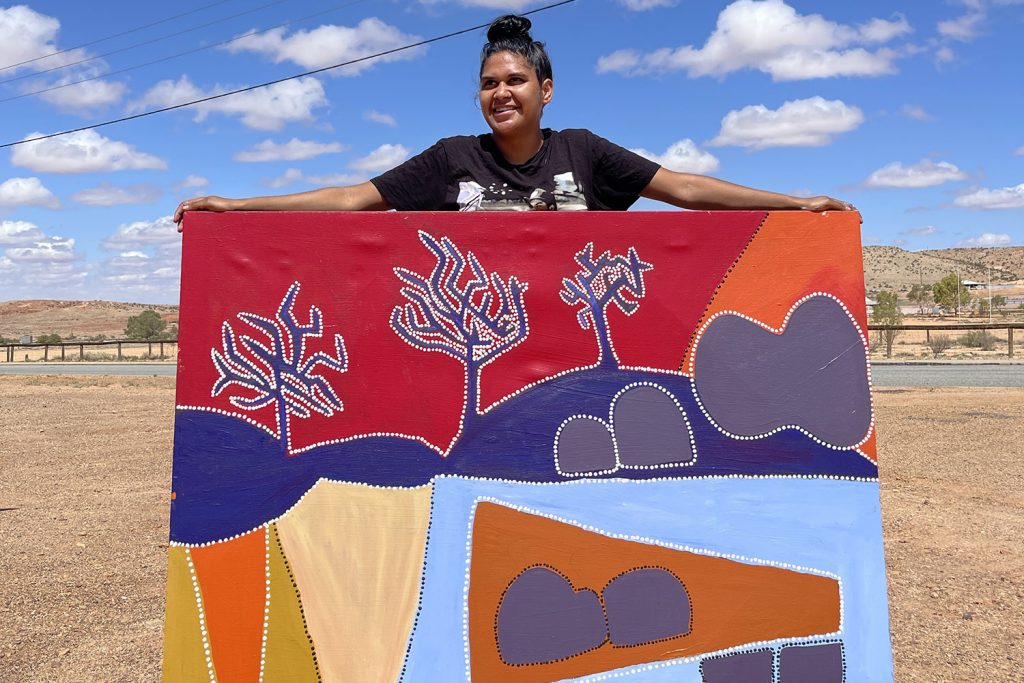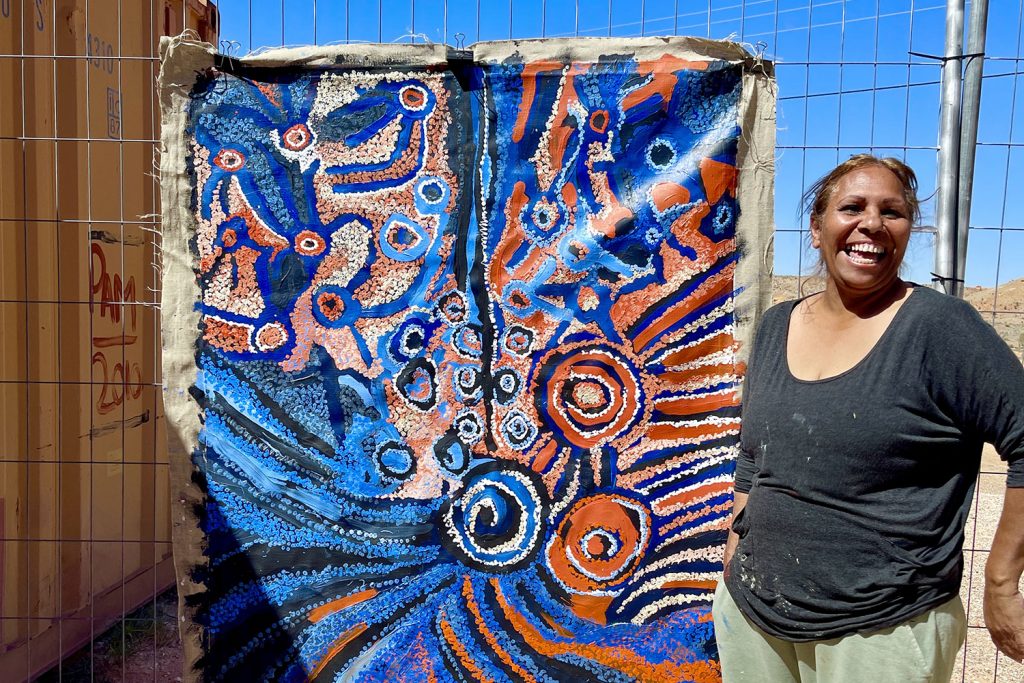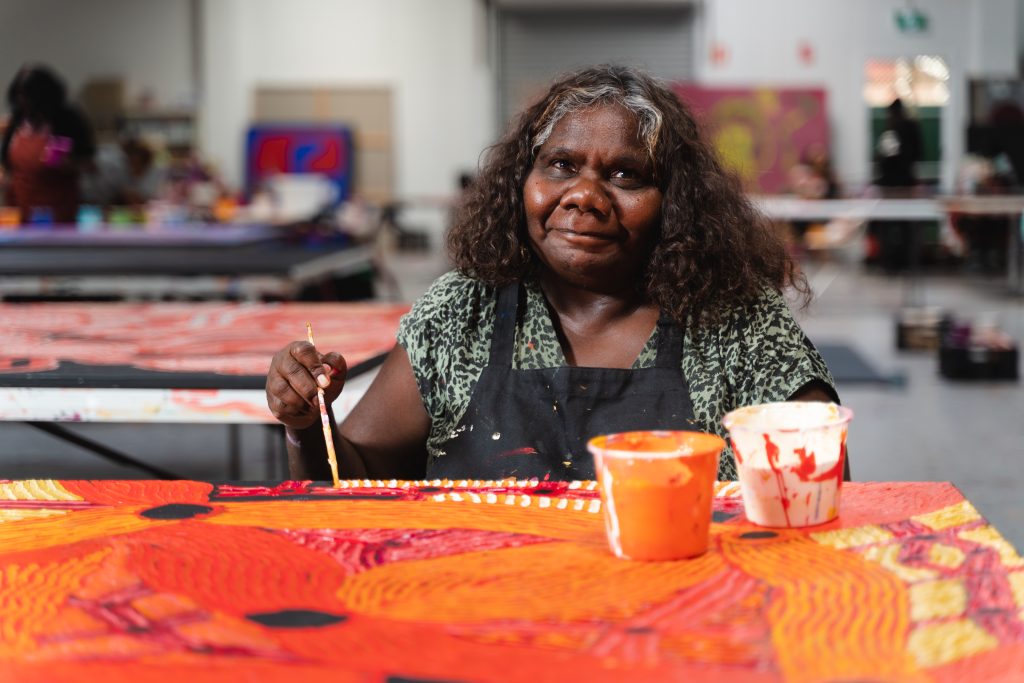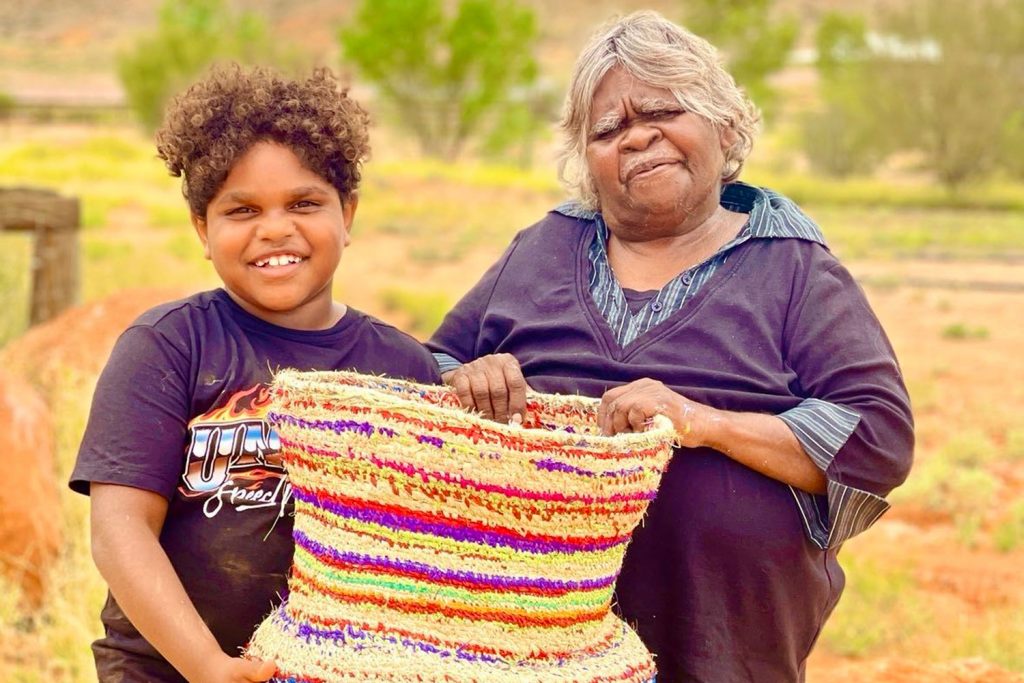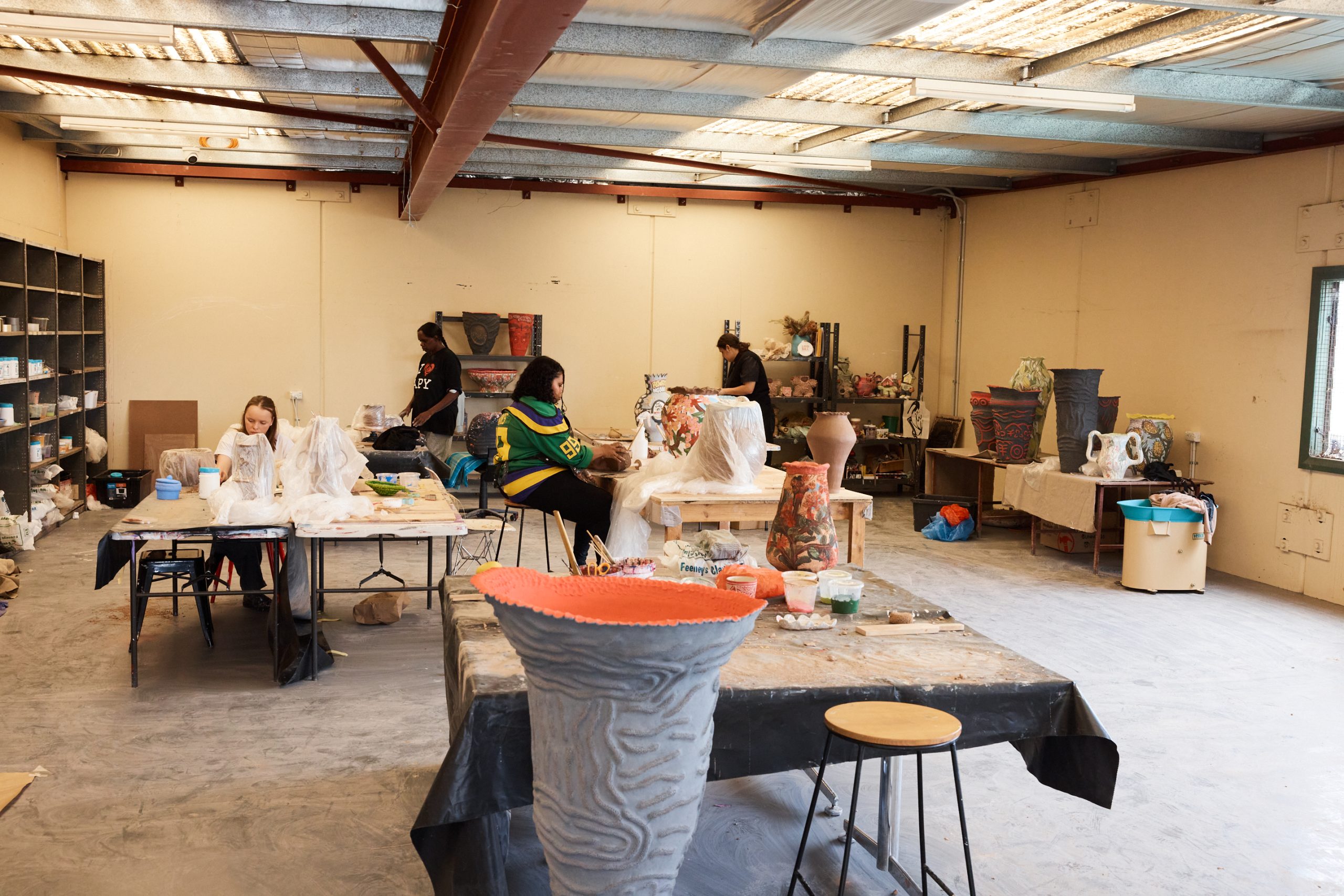
The Blak Manta Collective: A New Wave of First Nations Ceramic Art
The Blak Manta Collective is a dynamic and ambitious group of First Nations artists who are determined to transform the landscape of contemporary Australian art. Drawing inspiration from their cultural roots across the state of South Australia and into the central desert, the collective’s name, “Blak Manta,” translates to “Blak Mud” in English. This reference to mud or clay is not merely about material but is deeply symbolic, representing the profound connection the artists share with their ancestral lands and the earth beneath their feet. For these artists, clay is both a physical creative material and a cultural medium, one that embodies stories, law, and tradition passed down through generations.
Founded with the aim of celebrating and continuing Indigenous cultural practices through ceramics, the Blak Manta Collective is made up of over 20 artists, many of whom hail from regional and remote Aboriginal communities, including Davenport in Port Augusta, Umoona in Coober Pedy and the remote communities Anangu Pitjantjatjara Lands. Each member shares a deep commitment to innovation while also preserving cultural integrity. The artists use the ceramic medium as a vessel for storytelling, creating works that reflect their connections to their homelands, ancestral knowledge, and their lived experiences as First Nations people in modern Australia.
The works produced by Blak Manta artists are rich in meaning. They are not just objects of aesthetic beauty, but rather powerful vessels of Tjukurpa—Indigenous cultural stories that articulate law, creation, kinship, and identity. The practice of pottery and ceramics has long been part of the artistic traditions in communities like Pukatja (Ernabella), where Indigenous artists first began using clay to share these stories with future generations. Today, the Blak Manta Collective continues this tradition, using clay not only as a tool for cultural preservation but also as a way to challenge contemporary audiences to engage with Indigenous perspectives and histories.
Adelaide, the collective’s base, serves as a hub for collaboration, resource-sharing, and community-building. It is here that members come together to exchange ideas, refine their skills, and explore new creative possibilities. Workshops and mutual learning are central to the collective’s ethos, fostering a sense of community and a commitment to elevating each other’s artistic practices. This shared space of creativity allows Blak Manta artists to push the boundaries of what is possible with ceramics while staying firmly grounded in their cultural heritage.
Though relatively young, the collective has already made a significant impact both locally and globally. Artists like Alfred Lowe, Tiarnie Edwards, Josina Pumani, and Leshaye Swan have gained recognition for their unique contributions to Australian art. Several of these artists have been named finalists in prestigious national art awards such as the National Aboriginal and Torres Strait Islander Arts Award (Josina Pumani, Leshaye Swan, Alfred Lowe), the Ramsey Award (Alfred Lowe), and HATCHED (Tiarnie Edwards). Their work has been acquired by Museum collections, including the National Gallery of Australia and the Art Gallery of South Australia, Art Bank further establishing the collective’s important industry position.
This rising recognition is consistent with how contemporary Indigenous art is perceived—moving beyond stereotypes and being embraced for its depth, complexity, and relevance in the contemporary artistic dialogue. Blak Manta’s combination of traditional cultural practices and innovative use of ceramics invites new conversations about art, identity, and history. As these artists continue to experiment with the medium, they are redefining how Indigenous stories can be communicated through visual language, expanding what is possible in both traditional and contemporary Indigenous art forms.
What truly sets the Blak Manta Collective apart is its dedication to balancing cultural preservation with innovation. Many artists draw inspiration from their deep connection to Tjukurpa—stories of creation, law, and kinship—but there is also a palpable sense of experimentation in their work. The medium of ceramics allows for exploration of form, texture, and scale, resulting in pieces that blend the richness of their cultural heritage with a future forward, bold artistic vision. The fluidity of clay, as both an ancient and evolving material, perfectly mirrors the collective’s aim to honor tradition while embracing the new and unknown.
The collective’s work is resonating with audiences across Australia and internationally. As interest in Indigenous art continues to rise, Blak Manta is a terrific example of how contemporary Indigenous artists are reclaiming and redefining their cultural narratives in powerful and innovative ways. Their art is not only seen as cultural expression but also as a vital, evolving force in contemporary art, ensuring that Indigenous voices are heard and valued in the global conversation.
The Blak Manta Collective’s growing influence is a testament to the talent, resilience, and creativity of its artists. Their commitment to excellence is reshaping the role of ceramics in contemporary art, and their work will undoubtedly inspire future generations of artists, both Indigenous and non-Indigenous. Through their unique contributions to the medium, Blak Manta artists are proving that Indigenous art is not static but is, instead, an ever-evolving, transformative force within the broader artistic community.
At its core, Blak Manta is about more than just ceramics—it is about cultural pride, storytelling, and the deep connection between the artists, their land, and their traditions. The name “Black Mud” symbolises s this bond, reminding us that the stories told through these artworks are rooted in the earth itself. The Blak Manta Collective invites audiences to listen, learn, and engage with the richness and diversity of First Nations art and culture, ensuring that these stories will continue to be shared for generations to come.
Blak Manta Artists:
Alfred Lowe, Josina Pumani, Leshaye Swan, Yaritji Tingilia Young, Nyunmiti Burton, Yaritji Heffernan, George Cooley, Frank Young, Iluwanti Ken, Sandra Pumani, Jennifer Burton, Margaret Richards, Daiseybell Kuluru, Sylvia Ken, Tjungkara Ken, Freda Brady, Tanya Brady, Kay Finn, Jeannie Minunga, Sandra Minunga, Terry Lyons, Sally Scales, Zaachariaha Fielding.


